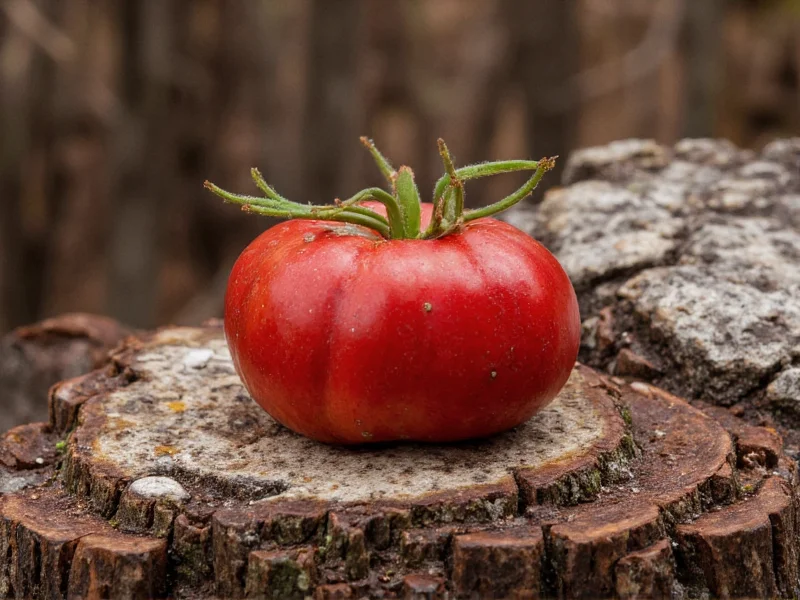When people ask whats mace, they're typically seeking clarification about one of two completely different substances that share the same name. Understanding which meaning applies depends entirely on context—culinary discussions almost always refer to the spice, while safety conversations point to the defense spray.
What's Mace: The Culinary Spice
Mace (Myristica fragrans) originates from the same tropical evergreen tree that produces nutmeg. The key difference lies in which part of the fruit is used:
| Characteristic | Mace (Spice) | Nutmeg |
|---|---|---|
| Source | Red aril surrounding nutmeg seed | Seed kernel inside hard shell |
| Appearance | Orange-red lace-like membrane | Brown oval seed |
| Flavor Profile | More delicate, citrusy, with floral notes | Stronger, warmer, earthier |
| Common Uses | Light-colored dishes, baked goods, sauces | Hearty dishes, spice blends, desserts |
After harvesting, the aril is carefully removed from the nutmeg seed and dried, transforming from vibrant red to pale yellow-orange. This drying process creates whole mace blades, which can be ground into powder. High-quality mace retains its distinctive aroma and flavor better than pre-ground versions.
Culinary Applications of Mace Spice
Chefs value mace for specific applications where nutmeg would overpower delicate flavors:
- Baking: Essential in spice cakes, gingerbread, and pumpkin pies where its subtle warmth enhances without dominating
- Savory Dishes: Perfect for béchamel sauces, mashed potatoes, and light-colored soups where nutmeg's stronger flavor would be inappropriate
- Preservation: Historically used in pickling recipes for its antimicrobial properties
- Spice Blends: Key component in garam masala, speculaas spice mix, and some curry powders
When substituting between mace and nutmeg, use approximately ⅔ teaspoon ground mace for every 1 teaspoon of ground nutmeg required. For whats mace in cooking queries, this substitution ratio is crucial information that home cooks frequently need.
What's Mace: The Self-Defense Product
In law enforcement and personal safety contexts, mace refers to chemical irritants designed for self-defense. Originally, "Mace" was a brand name (like Kleenex for tissues) that became genericized. Modern formulations typically contain:
- OC (Oleoresin Capsicum): Derived from hot peppers, causes immediate inflammation of eyes and skin
- CS Gas: A chemical compound that affects mucous membranes
- PAVA: A synthetic alternative to OC with similar effects
When evaluating whats mace spray for personal safety, consider these critical factors:
- Legal restrictions vary significantly by jurisdiction—some areas prohibit civilian possession
- Effectiveness depends on proper technique and environmental conditions
- Should only be used in genuine self-defense situations
- Requires regular replacement as contents degrade over time
Distinguishing Between the Two Meanings
The dual meaning of mace causes frequent confusion. Context provides clear indicators:
- Culinary context: Mentions of recipes, spice racks, or food preparation indicate the spice
- Safety context: References to personal defense, law enforcement, or safety products indicate the spray
- Geographic clues: "Mace" as a brand name for defense spray is primarily used in North America, while other regions use "pepper spray" more commonly
For those researching whats mace spice vs pepper, understanding this distinction prevents potentially dangerous misunderstandings—confusing a cooking ingredient with a chemical defense product could have serious consequences.
Storage and Quality Considerations
Proper storage significantly impacts mace's shelf life and potency:
- Whole blades retain flavor for 2-3 years when stored in airtight containers away from light
- Ground mace loses potency within 6-12 months
- Freezing extends shelf life but may cause condensation issues upon thawing
- Freshness test: Rub a small amount between fingers—fresh mace should release a strong, pleasant aroma
When shopping for mace, look for vibrant color and strong aroma. Dull, faded pieces indicate age and diminished flavor—critical information for anyone investigating whats mace looks like when fresh.
Historical Significance
Mace spice has played an important role throughout history:
- 13th-14th centuries: Arab traders controlled the mace trade, keeping its origin secret
- 16th century: Dutch East India Company waged wars to control the Banda Islands, the only source of nutmeg and mace
- 1770s: Nutmeg and mace trees were smuggled from the Banda Islands, breaking the Dutch monopoly
- Today: Grenada, Indonesia, and India are primary producers of mace spice
This historical context helps explain why mace was once worth its weight in gold and remains more expensive than nutmeg—typically costing 2-3 times more due to the labor-intensive harvesting process. For those curious about whats mace price compared to nutmeg, this historical background provides essential understanding.











 浙公网安备
33010002000092号
浙公网安备
33010002000092号 浙B2-20120091-4
浙B2-20120091-4